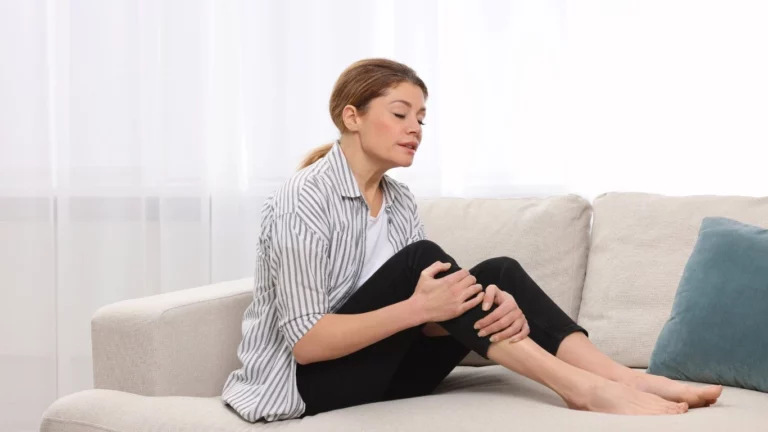Managing Rheumatoid Arthritis and the Impact on Your Posture: Key Strategies
As a Rheumatoid Arthritis expert, I’ve had the privilege of guiding countless individuals through the struggles of managing this condition. It’s not just about pain management; it’s about navigating the daily challenges, including how rheumatoid arthritis (RA) impacts your posture. Most people are familiar with the common symptoms of RA, such as joint pain, swelling, and stiffness, but they often overlook the effect this condition has on posture. The truth is, your posture can drastically change as a result of RA, and that can affect everything from your mobility to your quality of life. Let’s take a deeper dive into how rheumatoid arthritis can impact your posture and what you can do about it.
The Impact of Rheumatoid Arthritis on Your Posture

Rheumatoid arthritis is a systemic inflammatory disease that primarily affects the joints. While most people associate RA with painful flare-ups, stiffness, and fatigue, they might not realize just how much this condition can alter the way you stand, sit, and move. Over time, these changes in posture can lead to more severe complications, such as chronic pain, muscle weakness, and decreased mobility.
What happens is that as inflammation sets in, the body often responds with compensatory behaviors. For example, individuals might begin to favor one side of the body or alter their walking patterns to avoid joint discomfort. These small adjustments can accumulate over time, leading to noticeable changes in posture. The good news is that being aware of these changes can help you manage them effectively before they cause long-term damage.
How Rheumatoid Arthritis Alters Posture: The Mechanics
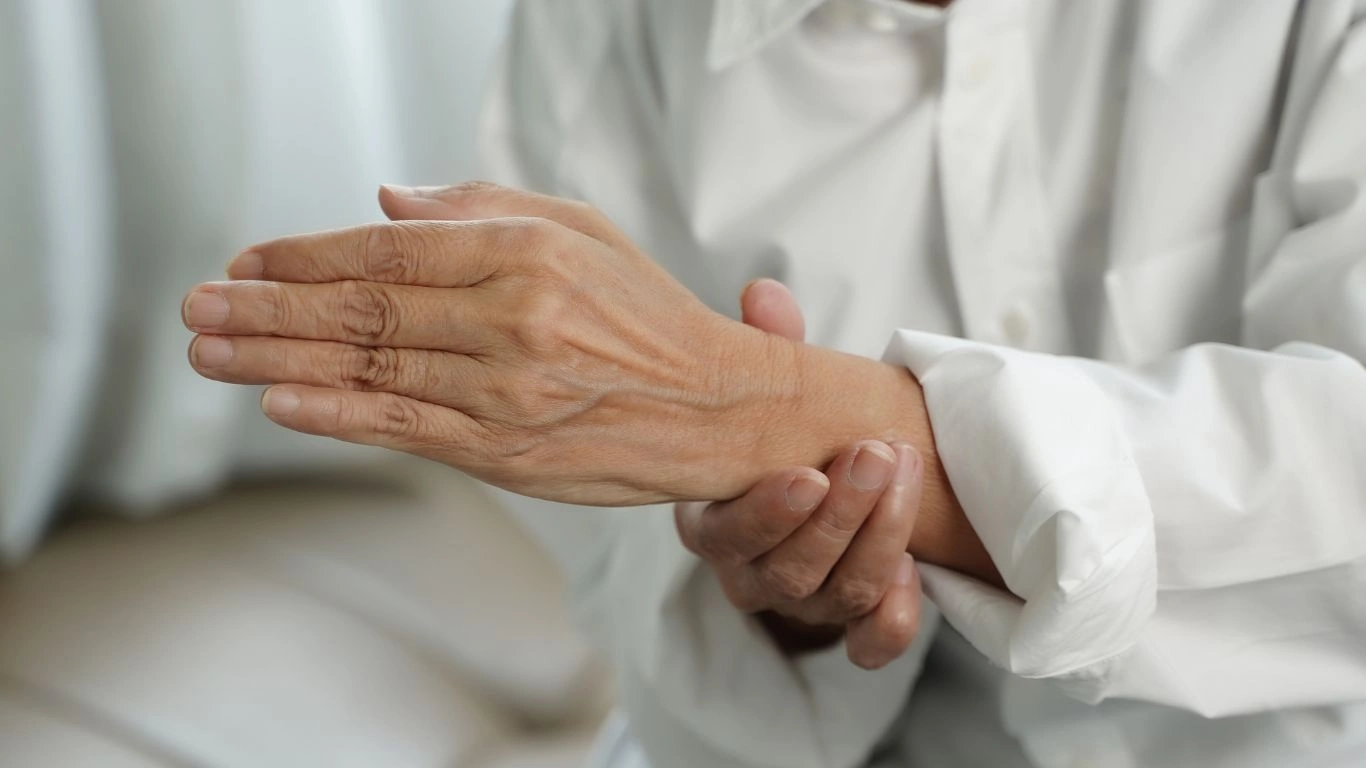
One of the most significant ways that RA impacts posture is through the joint inflammation and deformities that develop over time. The inflammation, often present in the small joints like those in the hands, wrists, and knees, can lead to joint deformities. These deformities can make it difficult for a person to hold a proper posture, causing them to slouch or lean to one side.
Take the spine, for example. When the joints in the spine become affected, it can lead to misalignments or a curved spine. Over time, this leads to postural changes, like a hunched back or forward head posture. This may not only cause discomfort but can also make daily tasks more challenging. Imagine trying to walk or perform simple movements like reaching for an object with a misaligned spine – it becomes much harder.
The Role of Muscle Weakness in Postural Changes
In addition to joint changes, muscle weakness is another key player in altered posture. When RA affects the muscles and joints, it leads to a weakening of the muscles that support proper posture. The muscles around the shoulders, back, and core become less effective at holding the body in alignment, making it easier to slouch or fall into poor posture habits.
- Weak back muscles can lead to a rounded upper back.
- Weak core muscles make it difficult to maintain an upright posture.
- Weak leg muscles can cause difficulties when standing for long periods.
As a result, these changes in posture can lead to additional problems, including neck pain, headaches, and increased fatigue. It becomes a vicious cycle where poor posture from RA leads to muscle weakness, which in turn, worsens posture, creating even more discomfort.
Postural Imbalances and Pain
When your posture is off, you can experience a range of issues that go beyond simple discomfort. Misalignment caused by poor posture often leads to uneven distribution of weight across your joints. This uneven weight distribution increases stress on certain joints and muscles, leading to chronic pain.
For example, a person with RA who develops a forward head posture might also experience increased tension in the neck and upper back. This tension can become constant pain, causing further discomfort and exacerbating the symptoms of rheumatoid arthritis.
Moreover, as the body adjusts to these postural imbalances, other issues begin to arise. Over time, misaligned posture can cause muscle fatigue, joint stiffness, and even nerve compression, making it harder for individuals to function normally. And the more pain a person experiences, the more likely they are to adopt poor posture as a coping mechanism, which only makes things worse.
Recognizing the Signs of Postural Changes in RA

Recognizing the signs of postural changes early on can make a world of difference in managing the effects of RA. Often, the changes in posture are gradual, and it’s easy to dismiss them as a normal part of aging or something unrelated to the condition. But with my years of experience, I can tell you that the earlier you address posture-related issues, the better your chances of preventing further complications.
If you notice that you’re consistently leaning to one side, have a rounded upper back, or find it harder to stand up straight, these could be signs that your RA is affecting your posture. Another indicator might be difficulty with balance or coordination, especially when you’re walking or reaching for objects. Pay attention to how your body feels and don’t hesitate to seek professional advice if you suspect that posture changes are becoming more noticeable.
In Part 2 of this series, we’ll dive into the strategies you can use to manage and even improve your posture despite the challenges of rheumatoid arthritis. From physical therapy to lifestyle changes, there are plenty of solutions available that can make a huge difference. Stay tuned!
Managing Postural Changes in Rheumatoid Arthritis
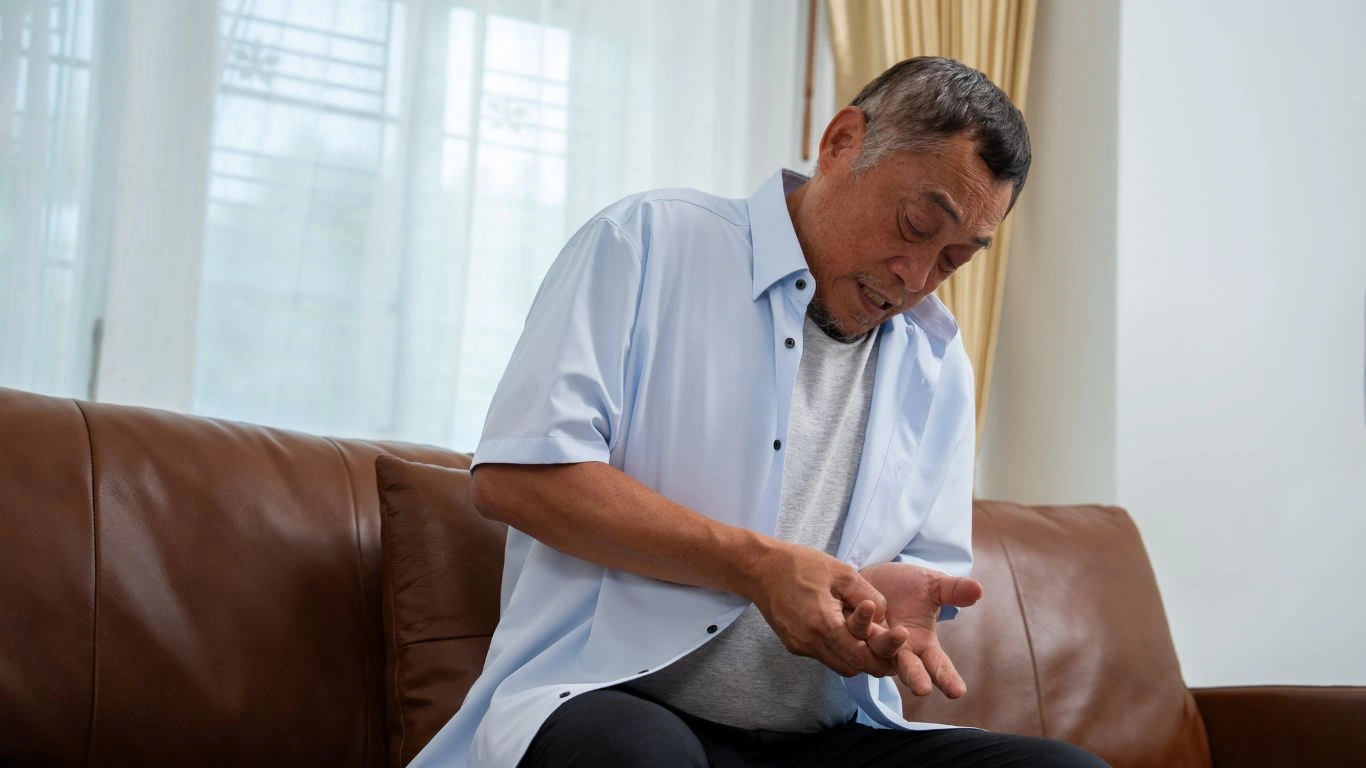
Now that we’ve discussed how rheumatoid arthritis (RA) can impact your posture, let’s dive into practical strategies for managing these changes. The truth is, with the right approach, you can prevent posture issues from becoming more severe and even improve the way you hold yourself day-to-day. In my experience, the key is taking proactive steps to strengthen your muscles, improve flexibility, and adopt habits that promote better posture.
When working with patients, I always emphasize that there’s no one-size-fits-all solution. Everyone’s journey with RA is unique, so a customized approach is vital. Let’s look at a few methods that have worked wonders for many of my patients—and hopefully, they can help you too.
Physical Therapy: A Cornerstone of Posture Improvement
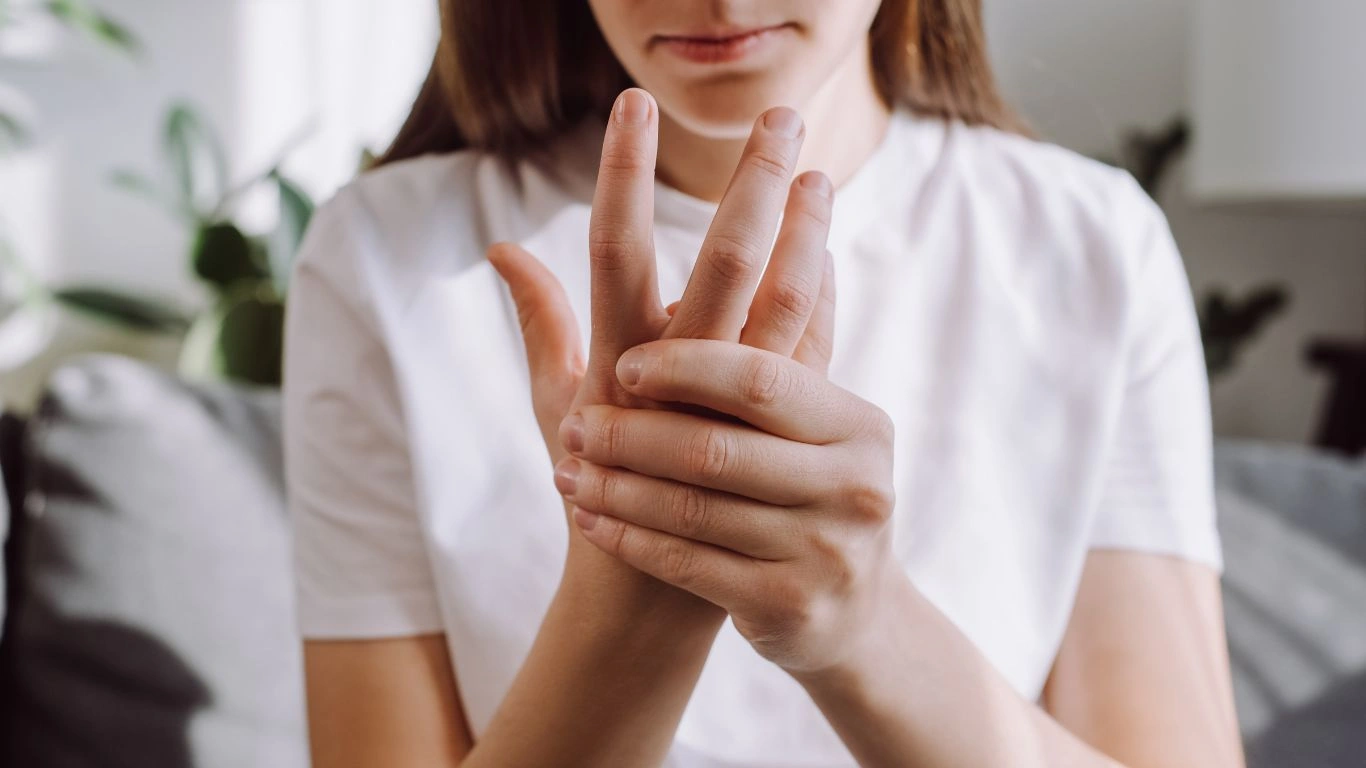
One of the best ways to combat postural changes caused by rheumatoid arthritis is through physical therapy. You’d be surprised how much a skilled physical therapist can help you. They don’t just help with pain management—they focus on improving strength, flexibility, and joint mobility, all of which directly affect posture. A good physical therapy program will focus on strengthening key muscle groups, such as the back, shoulders, and core, to support proper posture.
For instance, strengthening the core is essential for improving posture. A strong core helps to keep your spine aligned, preventing the slouching or hunching that’s so common in RA patients. Your therapist may also work on joint-specific exercises to keep those areas as flexible as possible, minimizing stiffness and discomfort.
- Core strengthening: Exercises that target the abdominal and lower back muscles.
- Shoulder and neck mobility: These exercises help to open up the chest and improve upper body posture.
- Spinal alignment: Techniques that can prevent curvature or misalignment of the spine.
Not only does physical therapy improve posture, but it also boosts overall confidence and energy. I’ve seen many of my patients report feeling like they have more control over their body, which, in turn, helps reduce the psychological stress that comes with chronic pain.
Ergonomic Adjustments: Small Changes, Big Impact
Sometimes, all it takes is a few simple changes to your environment to make a noticeable difference in how your body feels. If you spend long hours sitting at a desk or working on a computer, ensuring that your workstation is ergonomically friendly can be a game-changer for your posture.
Consider these tips for creating a more posture-friendly workspace:
- Adjust your chair: Make sure your chair supports your lower back and encourages an upright posture. Ideally, your feet should be flat on the floor, with your knees at a 90-degree angle.
- Monitor height: Position your monitor so that the top of the screen is at or just below eye level. This can help prevent forward head posture, which is a common problem for people with RA.
- Take regular breaks: Sitting for long periods isn’t great for anyone, especially those with RA. Stand up, stretch, or walk around every 30-60 minutes to give your joints a break.
Ergonomic adjustments aren’t just for work either. At home, consider how your seating and sleeping arrangements impact your posture. A firm mattress, supportive pillows, and comfortable chairs can all make a difference in the way you feel at the end of the day.
Stretching and Yoga: Flexibility is Key
Stretching is one of the easiest and most effective ways to combat postural problems caused by rheumatoid arthritis. When RA leads to stiff joints, stretching helps to maintain flexibility, which in turn supports better posture. Incorporating stretching into your daily routine can keep muscles and joints more fluid, reducing the tightness that often leads to poor posture.
Yoga, in particular, is an excellent option for people with RA. I’ve recommended it to many of my patients because it combines stretching, strengthening, and mindfulness all in one practice. The gentle movements and focus on breathing can help ease joint stiffness, while poses like cat-cow, downward dog, and child’s pose promote spinal alignment and flexibility.
- Cat-cow pose: A gentle stretch for the spine that can help improve flexibility and posture.
- Child’s pose: A resting pose that helps stretch the back and relieve tension.
- Downward dog: A full-body stretch that improves both flexibility and strength.
If you’re new to yoga, consider joining a class designed for people with arthritis. There are plenty of online resources and local studios that offer modified classes, so you can go at your own pace without feeling overwhelmed.
Postural Awareness: A Simple Habit that Works Wonders
Postural awareness is something I talk about with nearly every patient I see. It’s easy to forget about your posture when you’re caught up in the daily grind, but small shifts in how you hold your body can make a big difference. One of the easiest ways to improve posture is to simply remind yourself to check in with your body throughout the day.
Here are a few tips to help you stay mindful of your posture:
- Stand tall: Imagine there’s a string attached to the top of your head, gently pulling you up. Try to keep your shoulders relaxed, but not slouched forward.
- Keep your chin level: Avoid jutting your chin forward, which can lead to neck and back pain. Keep your head aligned with your spine.
- Engage your core: Keeping your abdominal muscles slightly engaged helps to support your spine and maintain an upright posture.
It might feel awkward at first, but with practice, proper posture can become second nature. And as you make these small changes, you’ll start to feel the benefits in terms of reduced pain, better balance, and improved overall comfort.
Incorporating Strength Training to Support Posture

While stretching and flexibility exercises are essential, strengthening your muscles is just as important when it comes to improving posture. Strength training helps you build the muscles that support your spine, shoulders, and neck, which in turn, reduces the strain on your joints and improves your overall posture.
When done correctly, strength training can be a powerful tool for managing the effects of rheumatoid arthritis. It can help prevent the muscle imbalances that lead to poor posture and relieve the pain that comes with joint instability. Start with light weights or resistance bands and gradually increase the intensity as your muscles grow stronger. Focus on exercises that target the major muscle groups, especially those in the back, core, and legs.
In the next section, we’ll dive deeper into how nutrition and lifestyle changes can also play a role in supporting your posture and managing RA symptoms. Stay tuned!
Nutrition and Lifestyle Choices: Their Impact on Posture and Rheumatoid Arthritis
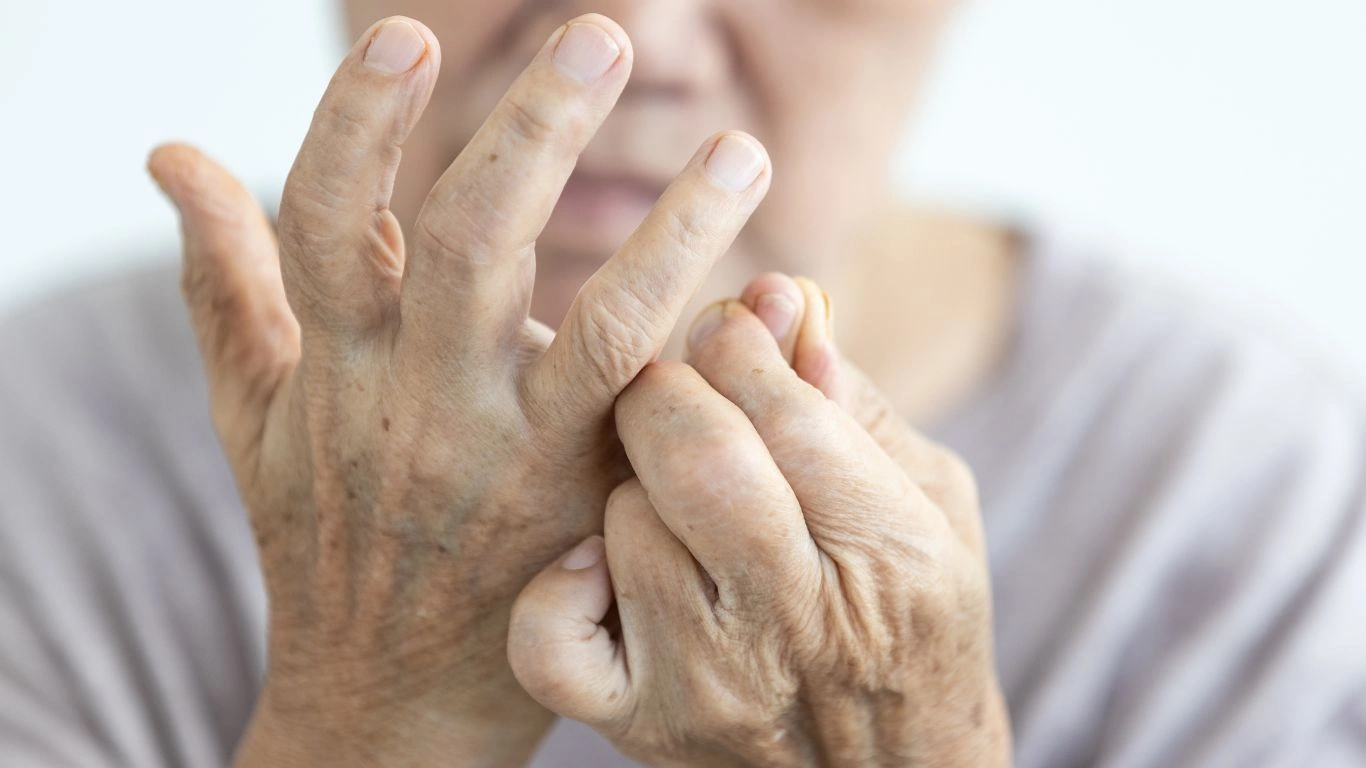
As we’ve covered in the previous sections, rheumatoid arthritis can significantly affect your posture, but did you know that your nutrition and lifestyle habits also play a crucial role in managing both RA symptoms and postural changes? It might sound surprising, but the foods you eat and the habits you develop can either support or hinder your body’s ability to manage inflammation, maintain strength, and keep your posture in check.
In my years of working with RA patients, I’ve seen firsthand how small changes in diet and daily habits can make a big difference. Let’s dive into how certain lifestyle and nutritional adjustments can benefit your posture, joint health, and overall well-being.
The Anti-Inflammatory Diet: Fighting RA and Improving Posture
One of the most effective tools you have in managing rheumatoid arthritis is your diet. The foods you eat can either fuel inflammation or help combat it. An anti-inflammatory diet focuses on foods that help reduce inflammation throughout the body, which can ultimately support better posture by minimizing pain and stiffness in the joints.
Foods rich in omega-3 fatty acids, such as salmon, chia seeds, and walnuts, have been shown to reduce joint inflammation. Similarly, antioxidant-rich fruits and vegetables like berries, spinach, and kale can help lower the levels of oxidative stress in the body, further supporting your joints and overall health.
Here are some specific foods that I recommend to my patients with RA for better inflammation control and overall health:
- Fatty fish: Salmon, mackerel, and sardines are rich in omega-3s, which are known for their anti-inflammatory properties.
- Leafy greens: Kale, spinach, and other dark, leafy vegetables provide vital nutrients while fighting inflammation.
- Fruits: Blueberries, cherries, and apples are packed with antioxidants and vitamins that help reduce joint inflammation.
- Olive oil: A source of healthy fats, olive oil has anti-inflammatory compounds that can support joint health.
However, it’s not just about what you add to your diet; it’s also about what you avoid. Many people with RA find that certain foods, particularly processed foods, sugary items, and red meats, can trigger inflammation and make symptoms worse. Keeping a food diary to track how different foods affect your body can be an incredibly helpful way to identify triggers.
Maintaining a Healthy Weight: Reducing Stress on Joints and Improving Posture
Carrying extra weight can put additional strain on your joints, particularly those that bear weight, like your hips, knees, and spine. This added stress can worsen postural imbalances and increase discomfort. By maintaining a healthy weight, you reduce the pressure on your joints, making it easier to move without pain and improving your posture over time.
In my experience, even a small reduction in body weight can make a significant difference in how a person feels. For many of my patients, losing just 5-10% of their body weight has led to a reduction in joint pain and improved mobility. This, in turn, helps them maintain better posture and overall functionality.
If weight loss is something you’re aiming for, it’s essential to approach it with patience and a focus on a balanced, sustainable plan. Aim for gradual weight loss through a combination of healthy eating and regular physical activity. Aiming for 30 minutes of moderate exercise, like walking, swimming, or biking, on most days of the week can make a big difference for both posture and RA management.
Incorporating Mindfulness and Stress Management into Your Routine

Living with rheumatoid arthritis can be emotionally and mentally taxing. Stress, whether it’s from dealing with chronic pain, work, or personal life, can exacerbate inflammation and lead to poor posture habits. Over time, stress can contribute to muscle tension, which further affects the alignment of your spine and other joints.
That’s why incorporating mindfulness practices into your routine can be incredibly beneficial. Mindfulness and stress management techniques, like deep breathing exercises, meditation, or even journaling, can help you relax, reduce stress, and improve your overall posture. By staying calm and centered, you’re less likely to fall into bad postural habits caused by tension or discomfort.
Here are some simple ways to incorporate mindfulness into your daily life:
- Deep breathing: Take a few minutes each day to breathe deeply and slowly. This helps to relax both your body and mind.
- Yoga and meditation: Both practices can reduce stress while also improving posture through gentle movements and awareness of your body.
- Progressive muscle relaxation: This technique involves tensing and then relaxing different muscle groups in your body, helping to release tension and promote relaxation.
In addition to mindfulness, don’t forget the importance of good sleep. Rest is crucial for managing RA and improving your posture. When you’re well-rested, your body is better able to repair itself and handle the challenges of the day, including those related to posture. Invest in a comfortable mattress and pillows to ensure your spine is properly supported while you sleep, and make sleep hygiene a priority.
References
For more in-depth information on managing rheumatoid arthritis and its impact on posture, I recommend checking out these valuable resources:
- Healthline: Rheumatoid Arthritis and Posture
- Arthritis Foundation: Managing Rheumatoid Arthritis
- Mayo Clinic: RA and Postural Changes
Please note that the information provided in this article is for educational purposes and should not replace medical advice. Always consult your healthcare provider before making any significant changes to your diet, exercise routine, or medication.
Disclaimer: The contents of this article are based on my personal experience and the knowledge I have gained through years of working with individuals managing rheumatoid arthritis. While these tips have been effective for many, every individual’s condition is unique, and results may vary. Always consult with your healthcare professional before implementing any new strategies for managing RA.

Tarra Nugroho is a dedicated Nurse Practitioner with a strong foundation in family and preventive care. She brings both compassion and clinical expertise to her practice, focusing on patient-centered care and health education. As a contributor to Healthusias.com, Tarra translates medical knowledge into clear, empowering articles on topics like women’s health, chronic disease management, and lifestyle medicine. Her mission is simple: help people feel seen, heard, and informed—both in the clinic and through the content she creates. When she’s not caring for patients, Tarra enjoys weekend hikes, plant-based cooking, and curling up with a good health podcast.



